Introduction
A group of cat lovers at the University of Pretoria in South Africa run a Trap-Neuter-Return program. This device was developed at the request of one member in order to increase the efficiency of said program and reduce cat stress and injury.
What is Trap-Neuter-Return (TNR)?
From Wikipedia (link):
"Trap-neuter-return (TNR) is a program through which free-roaming cats (not belonging to particular humans) are humanely trapped; sterilized and medically treated; and returned to the outdoor locations where they were found."
"Various long-term studies have shown that TNR is effective in stopping reproduction and reducing the population over time."
In short, TNR is a humane and effective way of controlling feral cat populations without the need to euthanise healthy cats.
The Problem
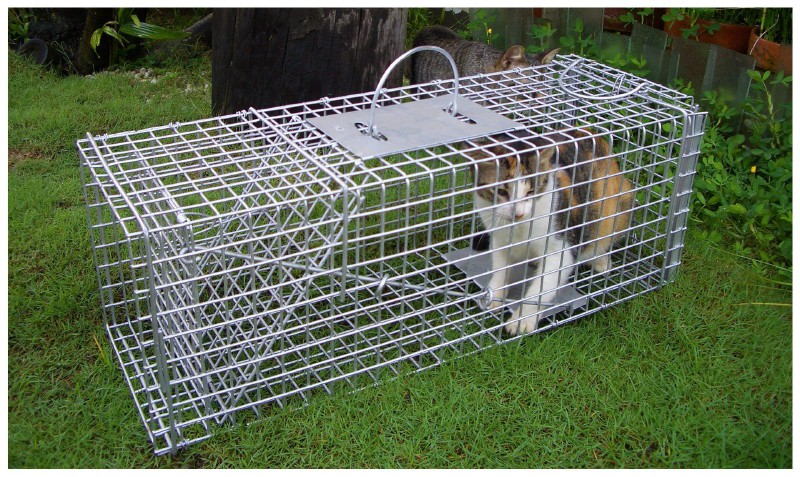
Cats need to be caught in order to be vaccinated and sterilized. This is accomplished with humane cat traps. The trap takes the form of a metal cage with a pressure plate that activates a spring loaded door.
Traditionally someone checks the traps on a daily basis and collects any trapped kitties. This is time consuming and generally limits the amount of traps that can be practically operated. It also presents an even worse problem.
Trapped cats may become stressed and agitated and attempt to escape the trap. This can cause injury and in some cases death. The longer the cat remains trapped without intervention the greater the chance of a negative outcome.
The Solution
The device aims to solve the above problems by notifying the responsible person as soon as a trap is tripped. This allows them to respond immediately and remove the cat before stress and injury can occur.
The device senses the trap door closing and sends a text message to a pre-programmed number. In addition the device will respond to text messages received from said number with the sensor status and battery level.
The device consists at it's core of an Arduino Pro Mini, GSM module and LiPo battery. A reed switch sensor is plugged in to detect the door closing. The GSM module handles battery charging and monitoring. A computer interface is provided in the form of a USB to Serial converter - this is used to change settings.
The Device
- Power Switch: Turns unit on and off
- Send Enable: Enables or disables sending of text messages (useful to turn off when testing)
- Network Status: Indicates network and sensor status. Green when connected to a mobile network, red when not connected. Flashes 3 times when sensor status changes.
- Battery Status: Green when battery OK / finished charging. Red when battery low (< 20%). Amber when battery charging.
- Charger Socket: Receives 5V DC charger
- Sensor Socket: Receives reed switch sensor lead
The Computer Interface
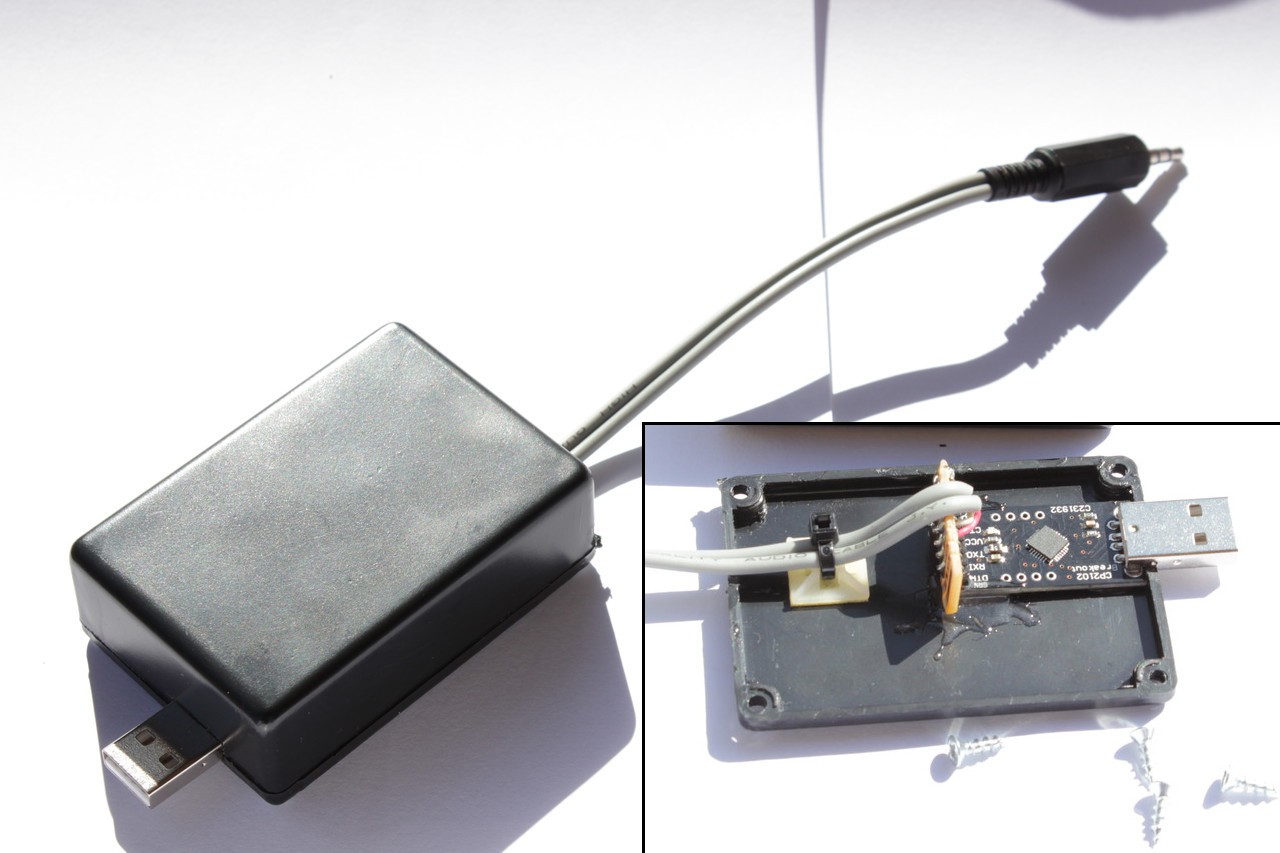
The computer interface, used for programming settings, is a CP2102 breakout board. The GND, TX and RX pins are connected to a 3.5mm stereo audio jack which is plugged into the device.
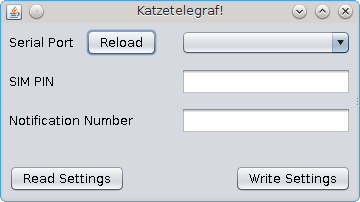
The software pictured is used to set the notification number to send text messages to and the SIM PIN.
The Sensor
The door sensor is a simple commercial reed switch usually used in alarm systems. The magnet is attached to the trap door and the sensor to the trap frame. The device reacts to any change in sensor status meaning it can be set up to trigger when the magnet moves away from the sensor or when it moves next to it.
Operation
First Time Operation
- A SIM card is inserted into the GSM module
- The device is powered up
- The computer interface is connected
- The computer interface software is run
- The notification number (where to send text messages) and SIM PIN (if required) are entered into the software and the "Write Settings" button clicked
- The software confirms the settings have been written
- Continue with Standard Operation
Standard Operation
- The device is powered up
- Wait for the "Network Status" light to turn green indicating a network connection
- The "Send Enable" switch to switched to 0 (off)
- The sensor is affixed to the trap frame and the magnet to the trap door in such a way that the magnet is...
 Roland Lovelock
Roland Lovelock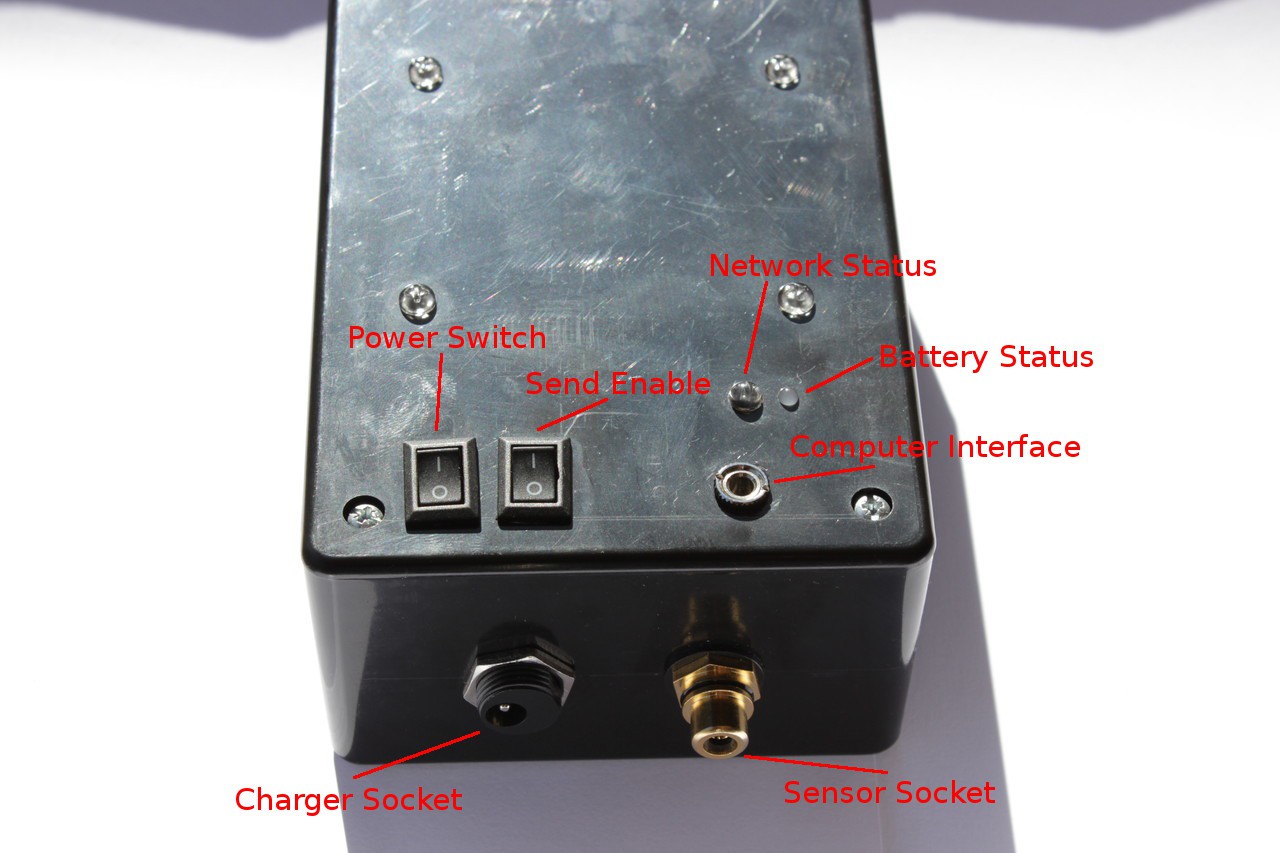


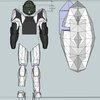
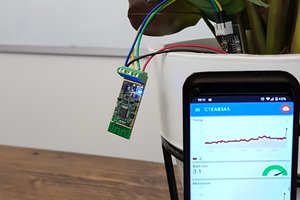
 Sylwester
Sylwester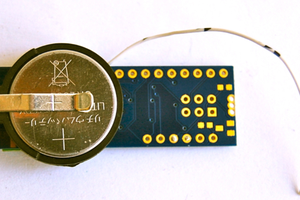
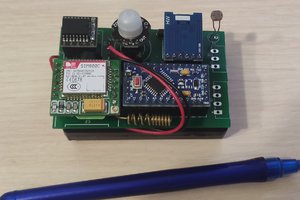
 Alexander
Alexander
 Noman
Noman
how does one not versed in electronics begin to understand what you have done to design and build this great gadget. Would love to try to build one but don't even know where to begin. Any tips